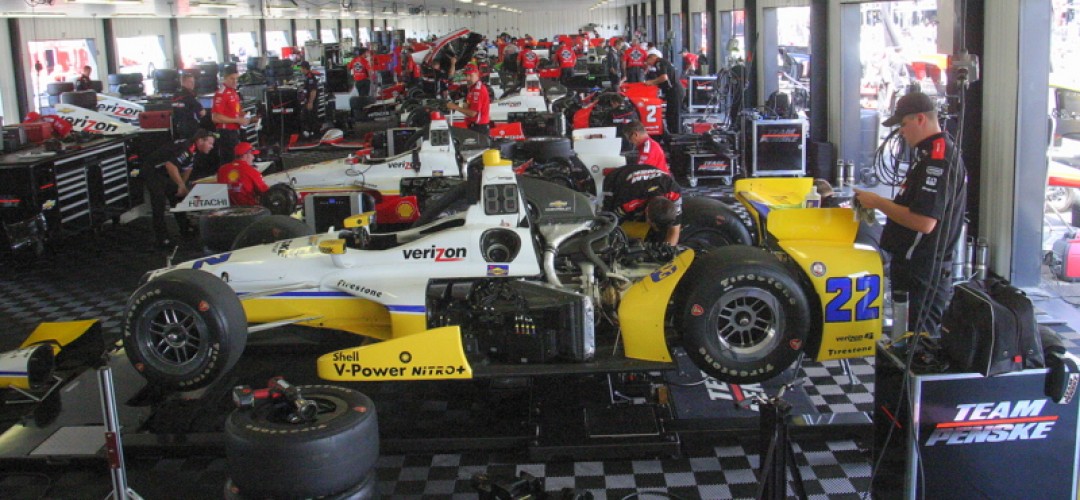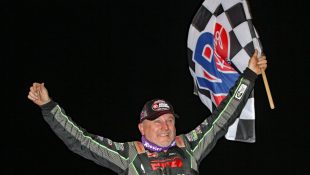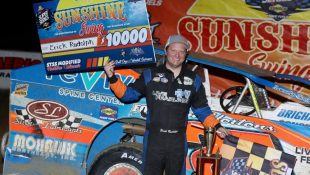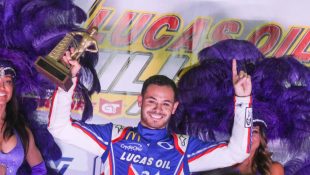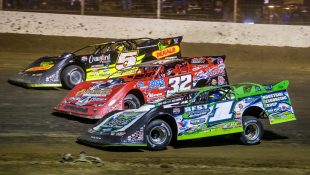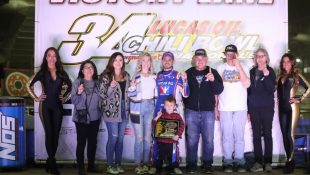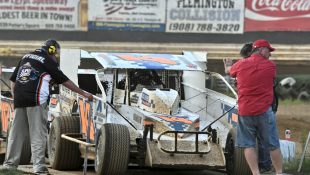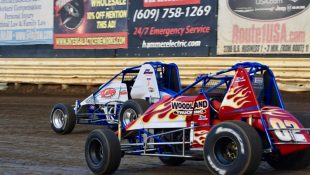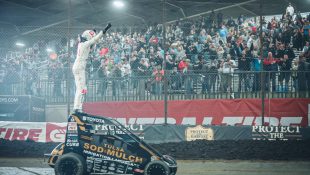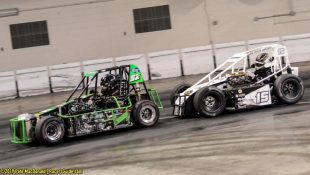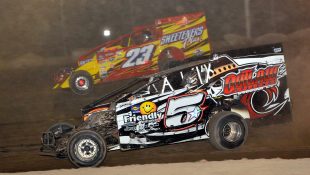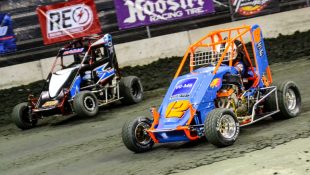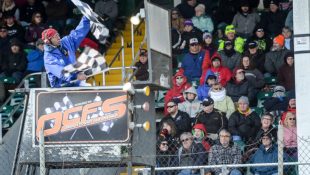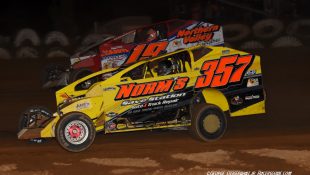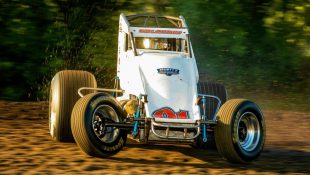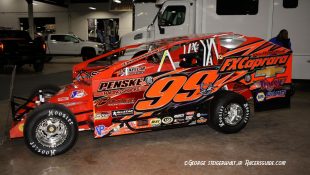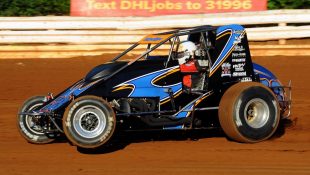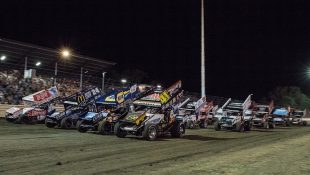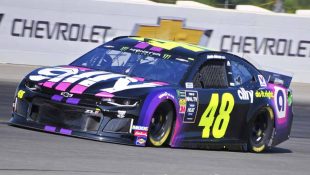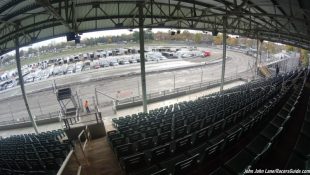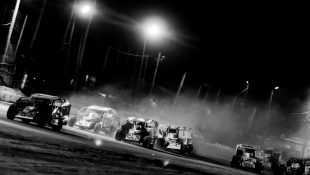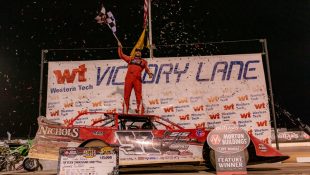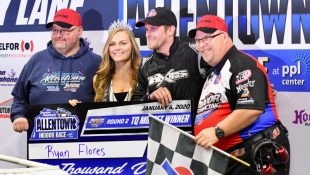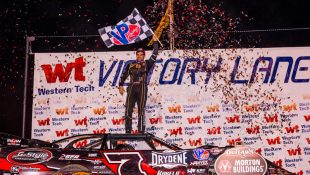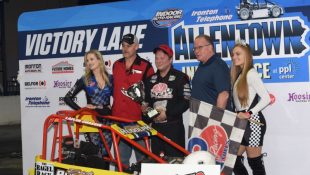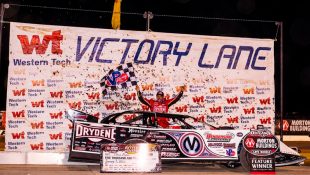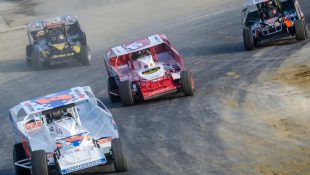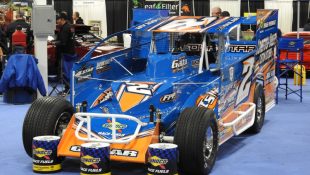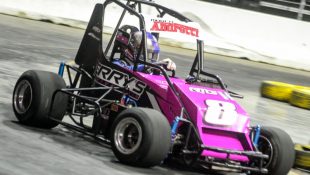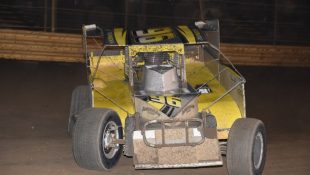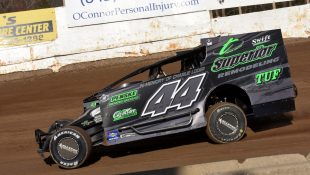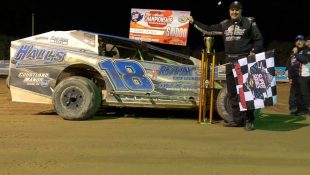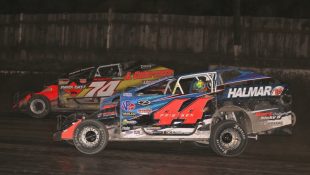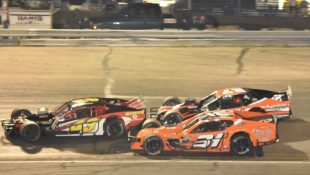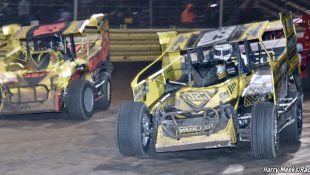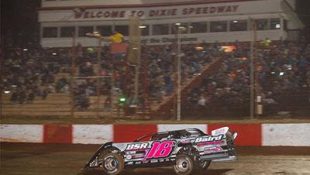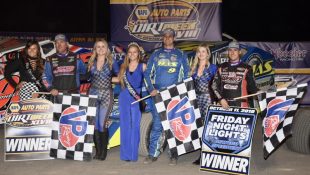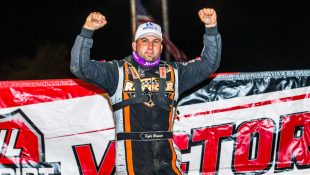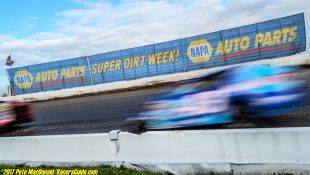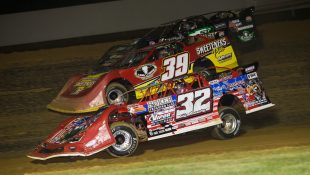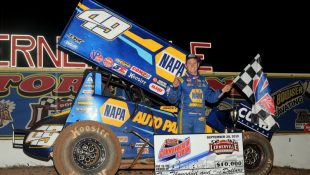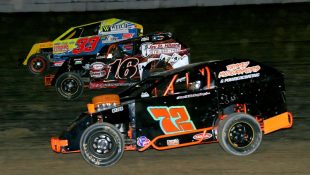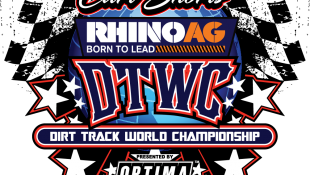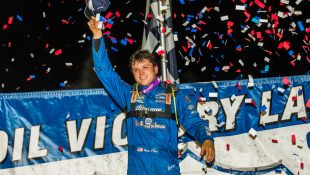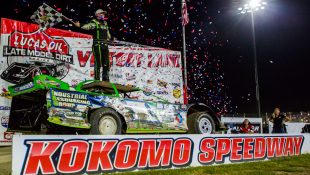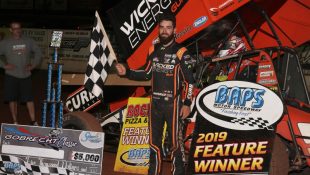Penske’s Pit Stop Prowess Across All Four Cars Shines Through
Story By: MITCH ROBINSON / INDYcar SERIES MEDIA
Photos By: DAVE DALESANDRO / RACERSGUIDE.COM
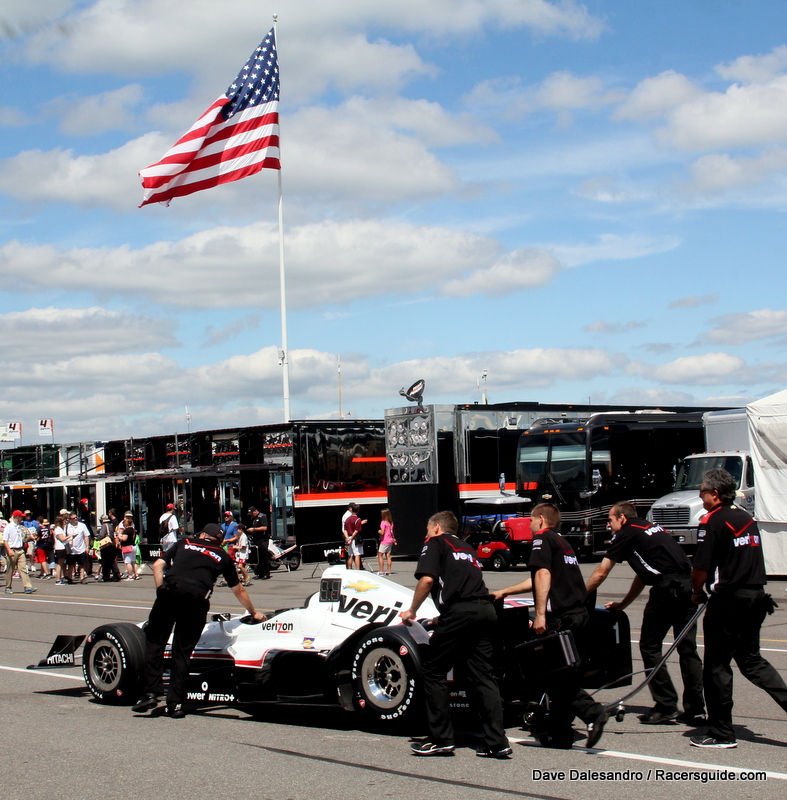 Indianapolis Ind.- August 20, 2016- Perennial powerhouse Team Penske has amassed 185 wins in 50 years of Indy car competition, a stunning feat that has established a tradition of triumph.
Indianapolis Ind.- August 20, 2016- Perennial powerhouse Team Penske has amassed 185 wins in 50 years of Indy car competition, a stunning feat that has established a tradition of triumph.
But 13 Indy car championships, 16 Indianapolis 500 wins and decades of success do not come without constant refinement and improvement in every team aspect.
That includes the pit crew, the group whose job in the race is to perform flawlessly in a world of chaos around them when tenths of a second mean the difference in winning. Team Penske pit crews have shown the superiority that has helped its cars win eight of the 12 completed races this season in the Verizon IndyCar Series, leading into this weekend’s ABC Supply 500 at Pocono Raceway.
Firestone Racing rewards the crew whose car spends the least amount of time in pit lane during a race with the Firestone Pit Stop Performance Award. Penske cars have won nine of the 11 awarded thus far in 2016, and it’s become a competition within the competition for the four Penske cars.
 Crews for the No. 3 of Helio Castroneves and No. 22 of Simon Pagenaud have each won the award three times, the No. 12 of Will Power twice (including the most recent race, The Honda Indy 200 at Mid-Ohio on July 31) and the No. 2 of Juan Pablo Montoya once.
Crews for the No. 3 of Helio Castroneves and No. 22 of Simon Pagenaud have each won the award three times, the No. 12 of Will Power twice (including the most recent race, The Honda Indy 200 at Mid-Ohio on July 31) and the No. 2 of Juan Pablo Montoya once.
On top of that, an all-star crew from several Penske cars, with Castroneves the driver, won the TAG Heuer Pit Stop Competition prior to the Indianapolis 500 in May.
Penske’s crews have long been known as some of the best in the business, thanks in large part to preparation and training at the team’s Mooresville, N.C., headquarters.
Shaun Rinaman stands as the pit crew coach of Team Penske, directing the four teams of six crewmen in their organization, preparation and execution on pit lane. In other words, he’s the mastermind behind the well-oiled machine.
“We have an in-season routine and off-season routine,” said Rinaman, who doubles as the outside rear tire changer on Power’s No. 12 Chevrolet. “For the most part we try to stick to at least two practices a week in-season, and when (the season finale at) Sonoma finishes, I try to give the guys a month away from the gym or practice.”
 Off-season work involves four days of 90-minute workouts and team practice per week, with additional work for “developmental teams,” consisting of up-and-coming crewmen who have yet to operate in a hot pit lane.
Off-season work involves four days of 90-minute workouts and team practice per week, with additional work for “developmental teams,” consisting of up-and-coming crewmen who have yet to operate in a hot pit lane.
“It’s not so much getting prepped for the season,” said Vance Welker, chief mechanic and outside front tire changer on Montoya’s No. 2 Chevrolet, “it’s staying ready for the next season. And that’s probably our biggest thing, is our preparation beforehand, making sure that every stop is the same, a procedure rather than performance.”
Although important and preferred, a routine and procedural pit stop is rarely a crew’s standout moment. Rather, its value shines when the unexpected happens, which is why Rinaman includes unusual situations in typical training.
“We like to do every possible scenario that is out there as far as training,” said Rinaman, who has his crews practice more than a dozen pit scenarios. “Making sure a rear wing change is on time with everybody, a front wing change, too, but still with all the training we do there’s always something that pops up, something you’ve never seen before.”
One such instance came at the season-opening Firestone Grand Prix of St. Petersburg, when Oriol Servia, driving the No. 12 Verizon Chevy for the ill Power, damaged both the front and rear wing assemblies in an incident on track. Both needed to be changed under a full-course caution.
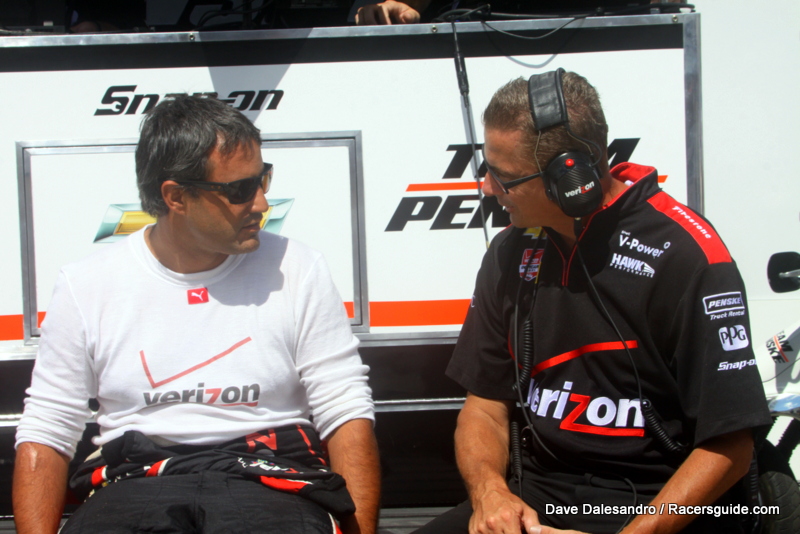 “Honestly, that was on the fly,” said Matt Jonsson, chief mechanic and outside front tire changer on the No. 12 car. “That was a big surprise to us, but (Power race strategist and team president) Tim Cindric did a great job beating the drum from the scorer’s stand. He called it play by play, what he wanted to do, because he knew where the pace car was and knew exactly what we had time for.”
“Honestly, that was on the fly,” said Matt Jonsson, chief mechanic and outside front tire changer on the No. 12 car. “That was a big surprise to us, but (Power race strategist and team president) Tim Cindric did a great job beating the drum from the scorer’s stand. He called it play by play, what he wanted to do, because he knew where the pace car was and knew exactly what we had time for.”
The No. 12 crew completed both wing changes, replaced all four Firestone Firehawk tires, filled the car with Sunoco E85R ethanol and got Servia back on track on the lead lap.
“Certain things you just can’t prepare for,” Jonsson said, “but it’s a matter of getting better at communicating, and every day you can develop new processes for different scenarios.”
Welker, Jonsson, Rinaman and the rest of the Team Penske pit crews will be put to the test again this weekend at the ABC Supply 500. With Pagenaud, Power and Castroneves sitting first through third in the standings, it becomes an increasingly pivotal race in the fight for the Verizon IndyCar Series championship.
Saturday’s two practice sessions (9-10:30 a.m. and 5-5:30 p.m. ET) and Verizon P1 Award qualifying (1:30 p.m.) will all stream live on RaceControl.IndyCar.com. A delayed NBCSN qualifying telecast airs at midnight ET Sunday (late Saturday night). Coverage of the 500-mile race on the 2.5-mile triangular oval begins at 3 p.m. ET Sunday on NBCSN and the Advance Auto Parts INDYCAR Radio Network.

